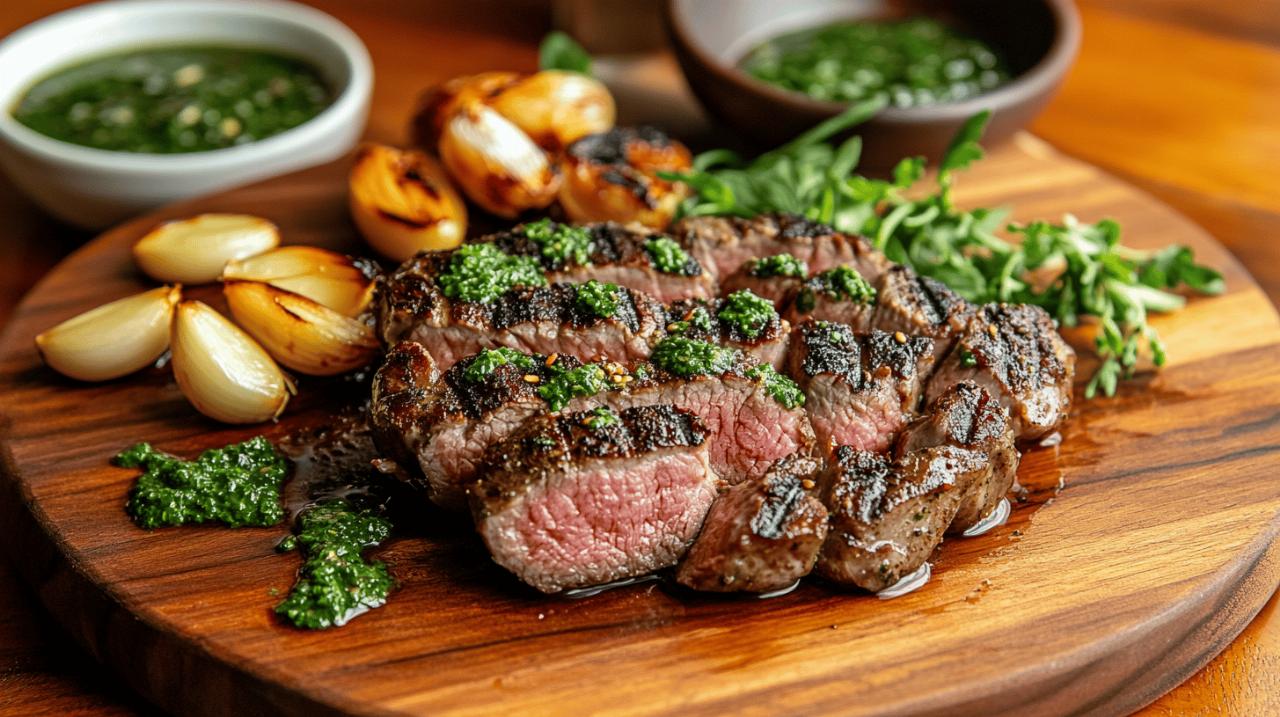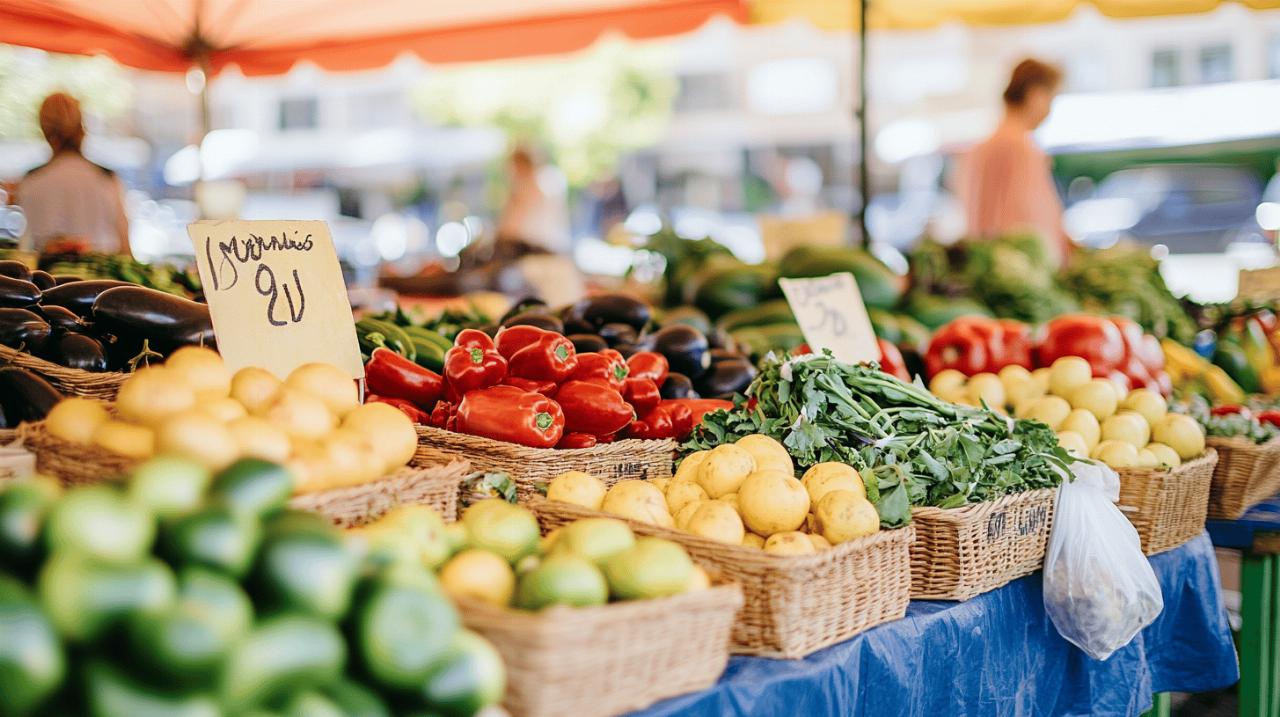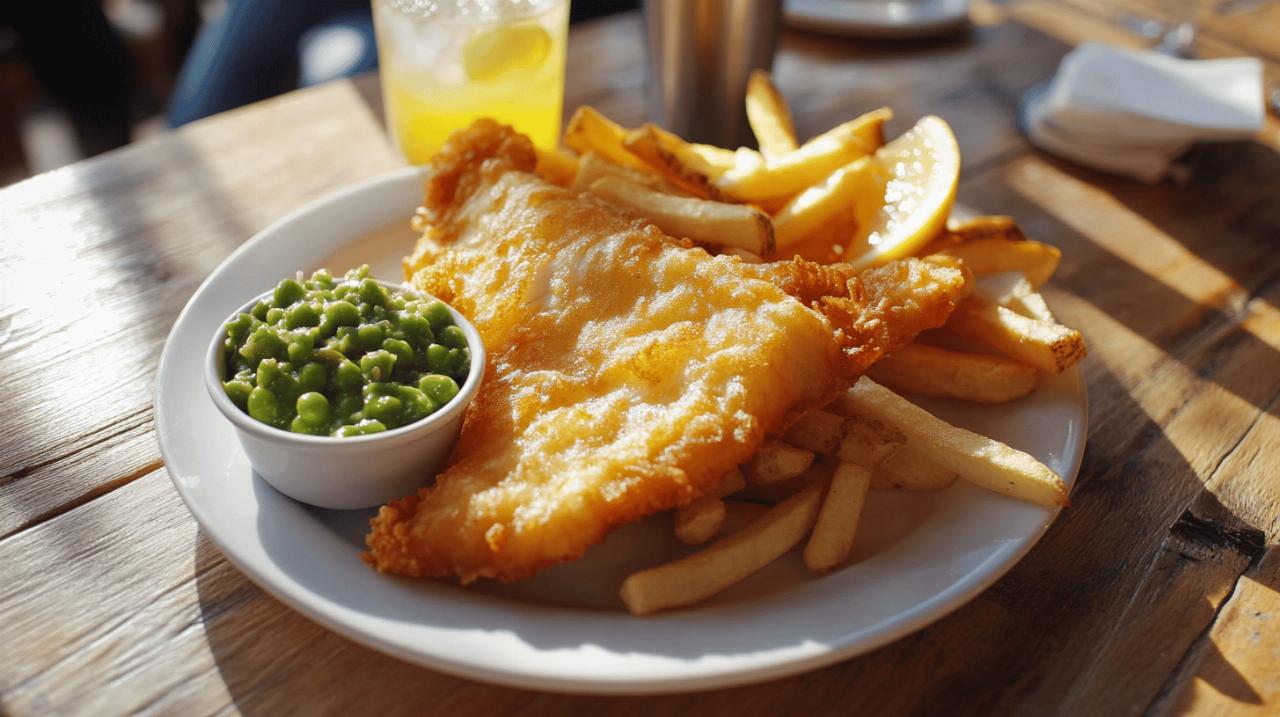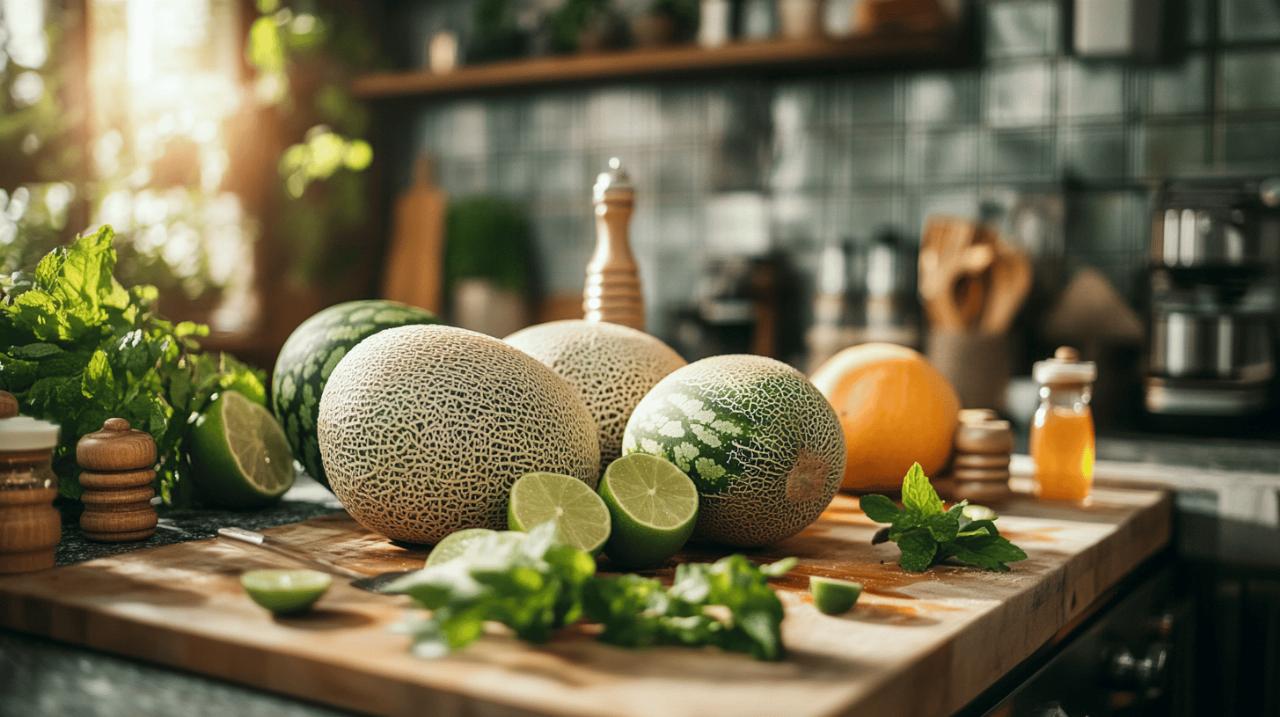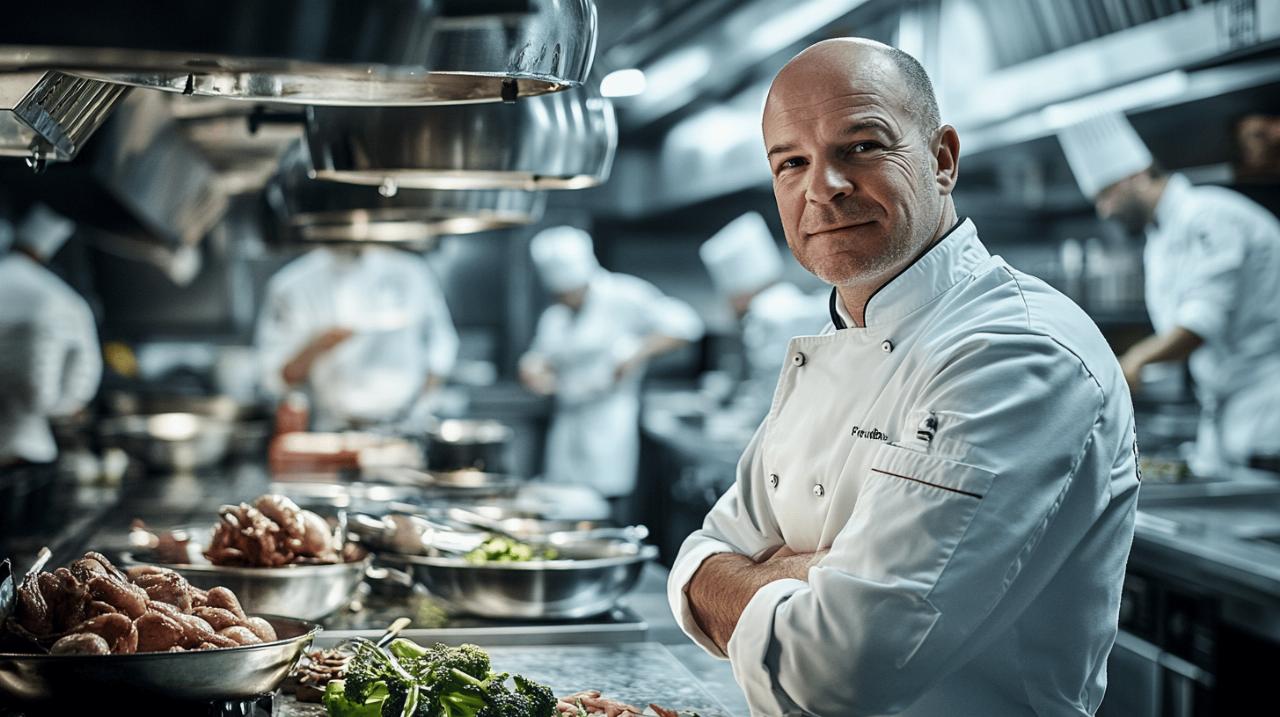There's something rather magnificent about discovering a cut of beef that's been celebrated for generations in one part of the world and is only now beginning to receive the recognition it deserves over here. Picanha, a stunning triangular cut from the rump cap, has been the star attraction at Brazilian barbecues for longer than most of us have been grilling sausages in our back gardens. With its distinctive fat cap and robust flavour, this particular piece of beef transforms a simple meal into something truly special. Whether you're hosting a proper gathering or simply fancy treating yourself to something a bit different, mastering picanha opens up a whole new world of culinary possibilities that blend South American tradition with British enthusiasm for a good bit of meat.
Understanding Picanha: Origins and Characteristics of This Brazilian Treasure
What Makes Picanha Special: The Anatomy of the Rump Cap
Picanha goes by several names depending on where you find yourself in the world, including top sirloin cap, rump cover, rump cap, and coulotte steak. What sets this cut apart from the Sunday roast fare we're accustomed to is its position on the animal. Taken from the top of the rump, just above the butt and behind the sirloin, picanha boasts a triangular shape that makes it instantly recognisable. The most defining characteristic of this Brazilian treasure is undoubtedly its thick layer of fat that crowns the meat like a protective blanket. This fat cap isn't merely decorative; it serves a crucial purpose during cooking by basting the beef as it melts, infusing every fibre with moisture and flavour.
The marbling throughout the meat itself provides another layer of richness, with intermuscular fat distributed throughout the cut that ensures tenderness and depth of taste. When you're selecting picanha at your local butcher or ordering online, you'll want to look for good marbling with visible flecks of fat running through the meat, coupled with a thick and even fat cap. A typical piece weighs somewhere between two and three pounds, making it substantial enough to feed a proper gathering whilst remaining manageable for home cooking. The cost ranges from around five to fifteen pounds per pound, positioning it as an accessible luxury that won't completely empty your wallet whilst still delivering restaurant-quality results.
From gaucho tradition to modern british barbecues: a culinary journey
The story of picanha is inextricably linked to the cattle farming traditions of Brazil, where vast grasslands and a culture centred around livestock created the perfect conditions for this cut to flourish. The gauchos, South American cowboys who spent their lives on horseback tending to enormous herds, developed a particular fondness for this cut of beef. Their cooking method was refreshingly straightforward yet utterly effective: spear the meat on long skewers and roast it over open flames, allowing the fire to work its magic whilst the fat cap gradually rendered down. This technique, known as churrasco, remains the gold standard for preparing picanha in its homeland, though it has evolved and adapted as it has travelled across oceans and continents.
As British food enthusiasts have become increasingly adventurous in recent years, exploring cuisines from every corner of the globe, picanha has found its way onto our shores and into our hearts. The beauty of this cut is that it bridges the gap between exotic and familiar, offering something distinctly different from our traditional cuts whilst still being beef at its core. Our own barbecue culture, which has grown considerably beyond the standard burgers and sausages, provides the perfect setting for picanha to shine. Whether you're using a traditional charcoal grill, a gas barbecue, or even adapting indoor cooking methods, the principles remain consistent: respect the meat, honour the fat cap, and don't overcomplicate things with unnecessary faffing about.
Preparing and Cooking Picanha: Techniques for Perfection
Scoring and Roasting Methods: Whole Cut versus Steak Preparation
The preparation of picanha begins well before any heat touches the meat, and your approach will depend largely on how you intend to serve it. If you're going the traditional route and cooking the picanha whole, the first order of business involves scoring the fat cap. Using a sharp knife, create a crosshatch pattern through the fat without cutting into the meat itself. This scoring serves multiple purposes: it helps the fat render more effectively, allows seasonings to penetrate, and creates those desirable crispy bits that add textural contrast to the tender meat beneath. Before scoring, take a moment to inspect the meat for any silver skin, that thin, silvery membrane that can turn tough and chewy when cooked. Trim this away carefully whilst preserving as much of the precious fat cap as possible.
Alternatively, you might choose to slice your picanha into individual steaks, which offers the advantage of faster cooking times and easier portion control. When cutting steaks, position the meat fat side down and slice against the grain into pieces approximately one to two inches thick. This cutting method is crucial because it shortens the muscle fibres, resulting in more tender bites when you eventually tuck in. For an authentically Brazilian presentation, you can then thread these steaks onto metal skewers by folding them over themselves, creating a compact package that's easy to handle on the grill. The skewering technique also means you can cook multiple pieces simultaneously whilst maintaining control over each one, making it particularly useful when you're feeding a crowd and timing matters.
Achieving the Perfect Crispy Fat Cap: Temperature and Timing Essentials
Getting that fat cap to the ideal state of crispy, golden perfection whilst keeping the meat beneath tender and juicy requires understanding temperature and timing. The reverse searing method has gained considerable popularity for good reason: it provides exceptional control over the final result. This technique involves first cooking the picanha at a low temperature, either in a smoker or an oven set to around two hundred degrees Fahrenheit, until the internal temperature reaches between one hundred and fifteen and one hundred and twenty degrees. This gentle cooking allows the meat to come up to temperature gradually without overcooking the exterior, and it gives you time to season properly. Salt the scored fat cap generously and refrigerate the meat for anywhere from twelve to forty-eight hours before cooking, then add black pepper just before it goes into the oven or smoker.
After the initial low-temperature cooking, allow the meat to rest for thirty minutes before moving to the high-heat searing stage. This is where the magic happens and that fat cap transforms into something extraordinary. Whether you're using a scorching hot grill, a broiler set to maximum, or a cast iron skillet heated until it's practically smoking, the goal is to develop a deeply caramelised crust on the outside whilst maintaining that perfect medium-rare interior. For steaks grilled at high heat of around four hundred degrees, aim for roughly five minutes per side for medium-rare, flipping once. If you prefer your meat more cooked through, continue flipping every five minutes until you reach your desired doneness. Those cooking picanha under a broiler should expect similar timing, with eight to ten minutes per side producing that characteristic charred exterior. Throughout this process, using a reliable meat thermometer takes the guesswork out of the equation, ensuring your picanha emerges from the heat at precisely the temperature you're after.
Classic Garlic and Herb Marinade Recipes for Picanha
Traditional brazilian seasoning: from simple salt to aromatic blends
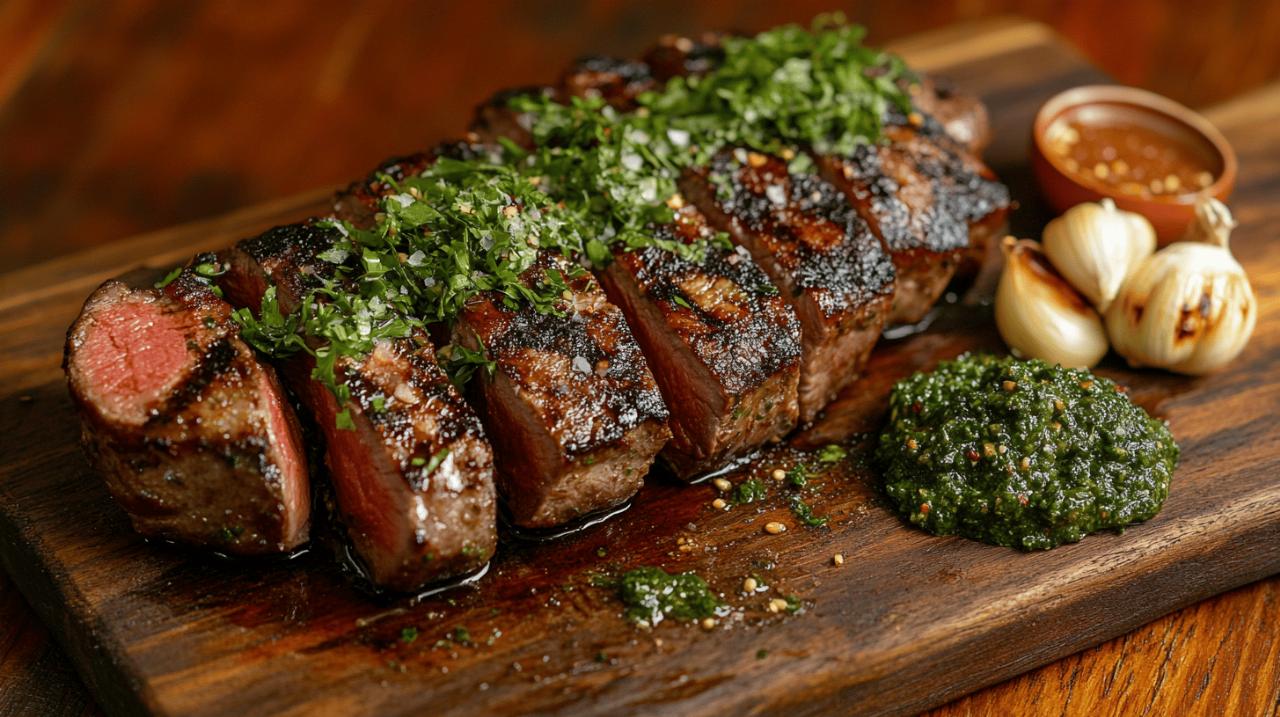 The beauty of picanha lies partly in its ability to stand proudly on its own merits with minimal intervention, which is why many Brazilian cooks insist that coarse salt is the only seasoning required. This purist approach allows the natural flavour of the beef and the richness of that rendered fat to take centre stage without competing flavours muddying the waters. When applying salt, do so generously at least thirty minutes before cooking to give it time to penetrate the surface and begin working its magic on the proteins. The salt draws out moisture initially, which then dissolves the salt and carries it back into the meat through osmosis, seasoning it from within rather than merely coating the outside.
The beauty of picanha lies partly in its ability to stand proudly on its own merits with minimal intervention, which is why many Brazilian cooks insist that coarse salt is the only seasoning required. This purist approach allows the natural flavour of the beef and the richness of that rendered fat to take centre stage without competing flavours muddying the waters. When applying salt, do so generously at least thirty minutes before cooking to give it time to penetrate the surface and begin working its magic on the proteins. The salt draws out moisture initially, which then dissolves the salt and carries it back into the meat through osmosis, seasoning it from within rather than merely coating the outside.
For those who fancy something a bit more complex, Brazilian steak seasoning offers an aromatic blend that complements rather than overwhelms the beef. A proper Brazilian seasoning typically combines one tablespoon each of kosher salt, black pepper, garlic powder, onion powder, ground coriander, and mustard powder, along with two teaspoons of smoked paprika. This mixture brings warmth, depth, and a subtle smokiness that enhances the charred notes from grilling. The coriander adds an unexpected citrusy note, whilst the mustard powder contributes a background sharpness that cuts through the richness of the fat. Mix these spices thoroughly and store them in an airtight container, then apply liberally to your picanha after the initial salting period has concluded. The combination respects the meat's inherent qualities whilst introducing complementary flavours that speak to Brazilian culinary traditions.
Creating your own marinade: garlic, herbs, and chilli variations
Should you wish to venture beyond simple seasoning into proper marinade territory, the key is balancing flavours that enhance without overpowering. A straightforward yet effective marinade begins with olive oil or avocado oil as the base, which helps carry flavours into the meat whilst adding moisture. To this foundation, add crushed garlic cloves, fresh herbs such as thyme and chives, and perhaps a squeeze of citrus from a lemon or lime. The garlic provides pungency and aromatic depth, the herbs contribute fresh, green notes, and the citrus adds brightness that cuts through the richness of the beef. Combine these ingredients and massage them into the picanha, ensuring even coverage across all surfaces, then allow the meat to marinate for at least two hours or preferably overnight in the refrigerator.
For those who appreciate a bit of heat, incorporating chilli into your marinade transforms the flavour profile entirely. Finely chop fresh chillies or add a pinch of dried chilli flakes to your oil and herb mixture, adjusting the quantity based on your tolerance for spice. The capsaicin in chillies stimulates the palate and creates a pleasant warmth that builds gradually as you eat, making each bite more interesting than the last. You might also consider adding shallots or onions to your marinade, which become sweet and mellow as they cook alongside the meat. When you eventually sear your marinated picanha, these aromatics will char slightly, developing complex, caramelised flavours that cling to the crust. Remember that whilst marinades add wonderful dimensions of flavour, they shouldn't completely mask the taste of the beef itself, which remains the star of the show.
Serving picanha: authentic accompaniments and presentation
Classic brazilian sides: rice, beans, and farofa pairings
The Brazilian approach to serving picanha involves surrounding the magnificent centrepiece with an array of supporting players that complement and contrast with the rich meat. Simple white rice forms the foundation of the plate, providing a neutral backdrop that soaks up juices and balances the intensity of the beef. Brazilian beans, known as feijao, offer creamy texture and earthy flavours that marry beautifully with picanha, their subtle seasoning never competing but rather harmonising with the meat. These beans are typically cooked slowly with aromatics until they achieve a consistency somewhere between soup and stew, making them perfect for spooning alongside or even over the rice.
Farofa deserves special mention as a quintessentially Brazilian accompaniment that might seem peculiar to British palates initially but quickly becomes addictive. Made from toasted cassava flour, farofa has a distinctive sandy texture that provides wonderful contrast to the tender meat. The flour is toasted in butter or oil until golden and nutty, often with additions such as onions, bacon, or herbs mixed through. When sprinkled over your plate, farofa absorbs the meat juices whilst maintaining its characteristic crunch, adding another dimension to each forkful. Other traditional accompaniments include tomato and onion salsa, which brings freshness and acidity, and Brazilian cilantro chimichurri, a vibrant green sauce that cuts through the richness with its herby, garlicky punch. Couve mineira, kale sautéed with bacon, adds a welcome bitter note, whilst hearts of palm gratin offers creamy indulgence for those not worried about calories.
Making It a Proper Feast: Sharing Platters and Entertaining Tips
Picanha truly comes into its own when shared amongst friends and family, making it ideal for entertaining. After your beautifully cooked beef has rested for ten to fifteen minutes, allowing the juices to redistribute throughout the meat, transfer it to a large wooden board or serving platter. Slicing against the grain is absolutely crucial for tenderness, so take a moment to identify the direction of the muscle fibres and cut perpendicular to them. This creates short fibres in each slice that your teeth can easily break down, ensuring every piece is tender regardless of whether someone prefers their meat rare or more well-done. Arrange the slices in an attractive fan pattern, perhaps garnishing with fresh herbs or lemon wedges for visual appeal.
For a truly festive spread, arrange your various accompaniments in serving dishes around the central platter of picanha, allowing guests to help themselves and build their plates according to personal preference. This family-style approach encourages conversation and creates a relaxed atmosphere where people can take their time and return for seconds without feeling self-conscious. If you've prepared more picanha than can be consumed in one sitting, the leftovers keep beautifully when refrigerated for up to four days or frozen for up to forty-five days. Reheating requires a gentle touch to avoid toughening the meat; slice it thinly and warm it in a pan with a splash of beef stock at four hundred degrees for eight to twelve minutes, or heat it gently in the oven at two hundred and seventy-five degrees for fifteen to thirty minutes. These reheated slices work wonderfully in sandwiches, tacos, or served cold atop a salad, proving that picanha's versatility extends well beyond its initial presentation.

